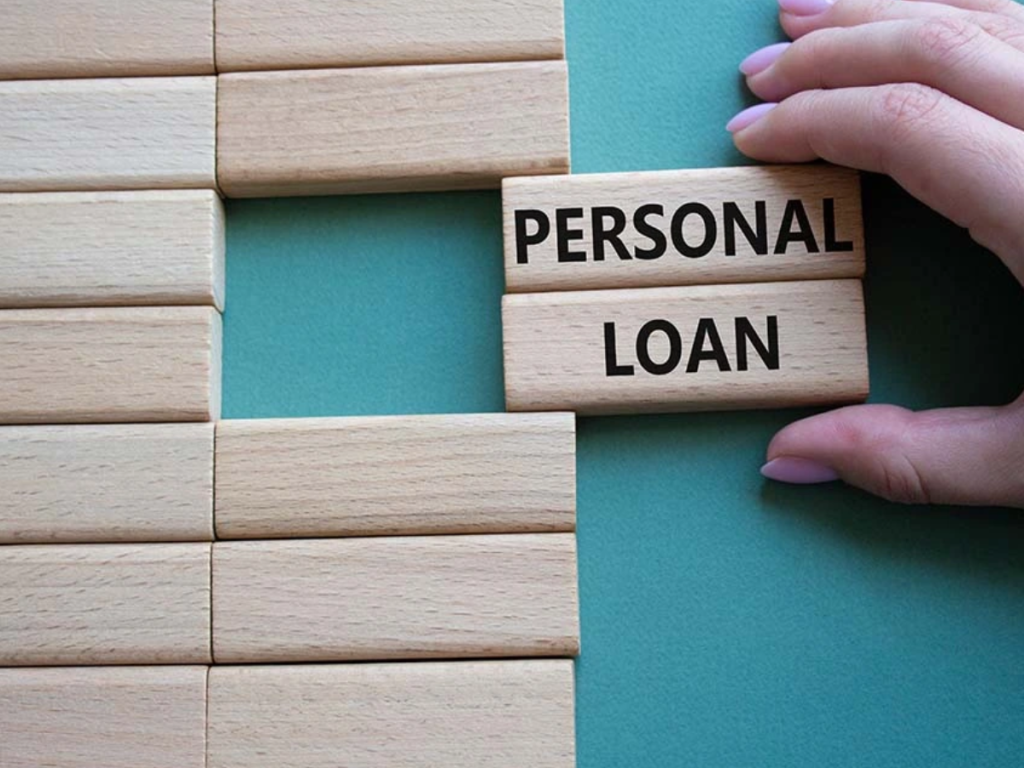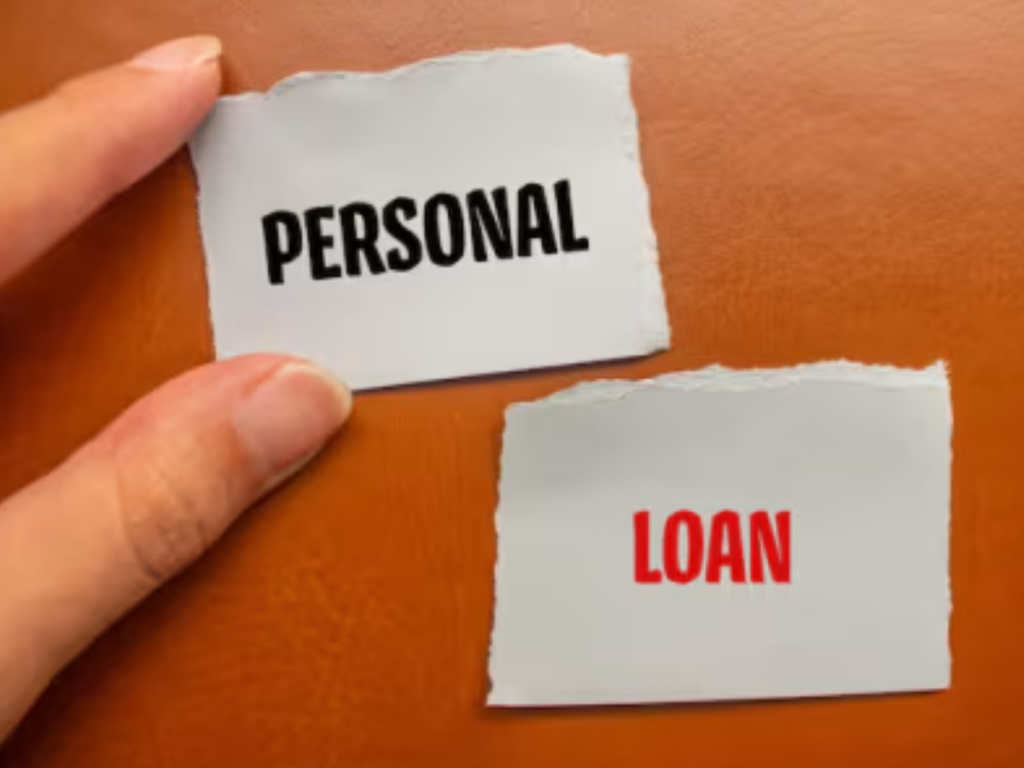Introduction
Getting approved for a personal loan in an emergency can be a crucial step when you’re facing unexpected financial needs. Whether it’s for medical bills, home repairs, or an urgent financial situation, personal loans provide a fast and flexible way to cover expenses. However, the process of securing a loan, especially in an emergency, can be overwhelming. In this guide, we’ll walk through the steps on how to get approved for a personal loan in an emergency, covering the things you should know, prepare for, and consider before applying.
Understanding Emergency Personal Loans
An emergency personal loan is a form of credit extended to individuals in times of unexpected financial crises. These loans are unsecured, meaning they don’t require collateral, and are typically used to cover urgent expenses such as medical emergencies, home repairs, or unexpected car troubles. The primary reason people seek out personal loans in emergencies is the speed and flexibility they offer. Personal loans are often processed quickly, with some lenders providing same-day approval and funding.
However, despite their usefulness, securing an emergency personal loan can be challenging for some. Lenders assess your creditworthiness before approving a loan, so understanding what factors influence approval can significantly increase your chances of being approved.
Steps to Take Before Applying for an Emergency Personal Loan
1. Evaluate Your Emergency Financial Need
Before rushing into applying for a personal loan, take a step back and evaluate your financial situation. Understanding the nature of the emergency and how much money you truly need will help you determine the amount of the loan. Keep in mind that borrowing too much can increase your debt burden, while borrowing too little might not fully solve your financial problem.
If you’re unsure of the exact amount, it’s always a good idea to get a detailed estimate of the emergency expenses. For instance, if you’re facing medical bills, contact the hospital or clinic to find out the exact amount you owe. Similarly, for home repairs, ask for a quote before you apply for a loan.
2. Check Your Credit Score
Your credit score plays a significant role in determining your eligibility for a personal loan. While some lenders are more lenient, most will still check your credit score before approving your loan application. Typically, a credit score of 650 or above is considered acceptable for personal loan approval, but higher scores will improve your chances of receiving better interest rates.
Before applying for a loan, check your credit score. Many services allow you to check your score for free, or you can request a copy of your credit report from the three major credit bureaus—Equifax, TransUnion, and Experian. This will give you an idea of where you stand and allow you to take steps to improve your score if necessary.
If your credit score is low, you may still qualify for a personal loan, but the interest rate will likely be higher. If time permits, consider taking steps to improve your credit score by paying off small debts or reducing your credit utilization before applying for the loan.
3. Compare Lenders
Not all lenders offer the same terms or approval processes. If you need a loan urgently, it’s important to shop around and compare personal loan options. While traditional banks and credit unions are a common source for personal loans, online lenders and peer-to-peer platforms can also be viable alternatives. Online lenders, in particular, may have faster approval and disbursement times.
When comparing lenders, consider the following:
- Interest Rates: Even a small difference in interest rates can have a significant impact on the total cost of the loan. Shop for lenders who offer competitive rates.
- Loan Terms: The length of the loan will affect your monthly payment and the overall cost of the loan. Shorter loans tend to have higher monthly payments but lower total interest costs, while longer loans have lower monthly payments but higher total interest costs.
- Approval Time: Since you need the loan urgently, check how long it will take for the lender to approve and disburse the loan. Some lenders can disburse funds in as little as 24 hours, while others may take several days.
- Fees and Penalties: Check for hidden fees, such as origination fees, late fees, and prepayment penalties. These can add significant costs to your loan.
4. Ensure You Have the Necessary Documentation
Lenders will typically require documentation to verify your identity, income, and creditworthiness. These documents help lenders determine your ability to repay the loan. The most common documents required include:
- Proof of Identity: A government-issued ID, such as a passport or driver’s license.
- Proof of Income: Recent pay stubs or tax returns to prove you have a stable income.
- Bank Statements: Lenders may ask for recent bank statements to confirm your financial stability.
- Employment History: Some lenders may want to verify your employment history to assess the stability of your income.
Make sure you have these documents ready before applying for the loan. Having everything in order will streamline the approval process and may even increase your chances of receiving quick approval.
5. Consider Your Debt-to-Income Ratio
Lenders typically use a debt-to-income (DTI) ratio to assess your ability to repay the loan. This ratio compares your monthly debt payments to your gross monthly income. The lower your DTI ratio, the better your chances of securing the loan. Most lenders prefer a DTI ratio of 36% or lower, but some may approve higher ratios depending on other factors like credit score and employment history.
If your DTI ratio is high, you may want to consider paying down some of your existing debts before applying for a personal loan. This can improve your chances of approval and may also help you secure a better interest rate.
Applying for the Loan
Once you’ve taken the necessary steps to prepare, it’s time to apply for the loan. Here’s what to expect:
1. Fill Out the Application
Most personal loan applications can be completed online, and many lenders offer quick, easy-to-fill-out forms. Be sure to provide accurate information about your personal details, financial situation, and employment history.
You may also need to specify the amount of the loan and the loan term. Some lenders will allow you to select the exact terms, while others will offer standard loan amounts and terms based on your financial profile.
2. Wait for Approval
After submitting your application, the lender will review your credit score, income, and other financial details. If everything checks out, they may approve your loan and send you an offer. In some cases, lenders may require additional documentation or clarification before final approval.
Some lenders can provide near-instant approval for personal loans, while others may take a few days. During this time, it’s important to avoid applying for loans with other lenders, as multiple inquiries can negatively affect your credit score.
3. Review the Loan Offer
Once approved, the lender will send you a loan offer outlining the loan amount, interest rate, repayment terms, and any fees associated with the loan. Take time to carefully review the terms before accepting the offer. If the terms seem too steep, you can decline the offer and continue looking for a more suitable lender.
4. Accept the Loan and Receive the Funds
If you’re satisfied with the terms, you can accept the loan offer. After acceptance, the lender will disburse the loan funds. Depending on the lender, this could take anywhere from a few hours to several business days.
Many online lenders provide same-day or next-day funding, especially for emergency loans. Make sure to ask the lender about the disbursement time before accepting the loan.
Alternatives to Personal Loans in an Emergency
If you’re unable to qualify for a personal loan or if the interest rates are too high, there are alternative options you may want to consider:
- Credit Cards: If you have a credit card with available credit, using it for emergency expenses can be a quick solution. However, be aware of high-interest rates and the potential for long-term debt.
- Borrow from Family or Friends: If you have a trusted friend or family member who is willing and able to lend you money, this can be an interest-free option. Just make sure to discuss repayment terms to avoid strain on the relationship.
- Payday Loans: While payday loans can be an option in emergencies, they are often associated with very high-interest rates and fees. They should only be used as a last resort.
- Home Equity Loans or Lines of Credit: If you own a home and have equity, you may be able to take out a home equity loan or line of credit to cover emergency expenses. These loans tend to have lower interest rates but require collateral.
Conclusion
Getting approved for a personal loan in an emergency is possible, but it requires preparation, research, and understanding of the loan process. By evaluating your financial needs, comparing lenders, and ensuring your creditworthiness, you can improve your chances of securing a personal loan quickly and at favorable terms. Keep in mind that personal loans come with financial responsibilities, so make sure you are capable of managing the debt before taking one on.
With careful planning and the right approach, you can secure the funds you need to navigate an emergency financial situation and come out on the other side with minimal financial strain.

